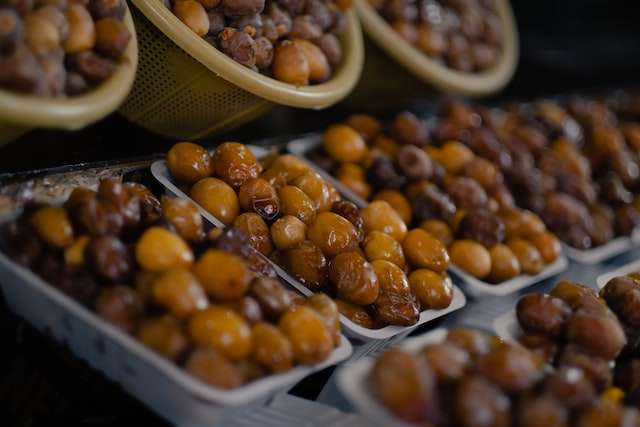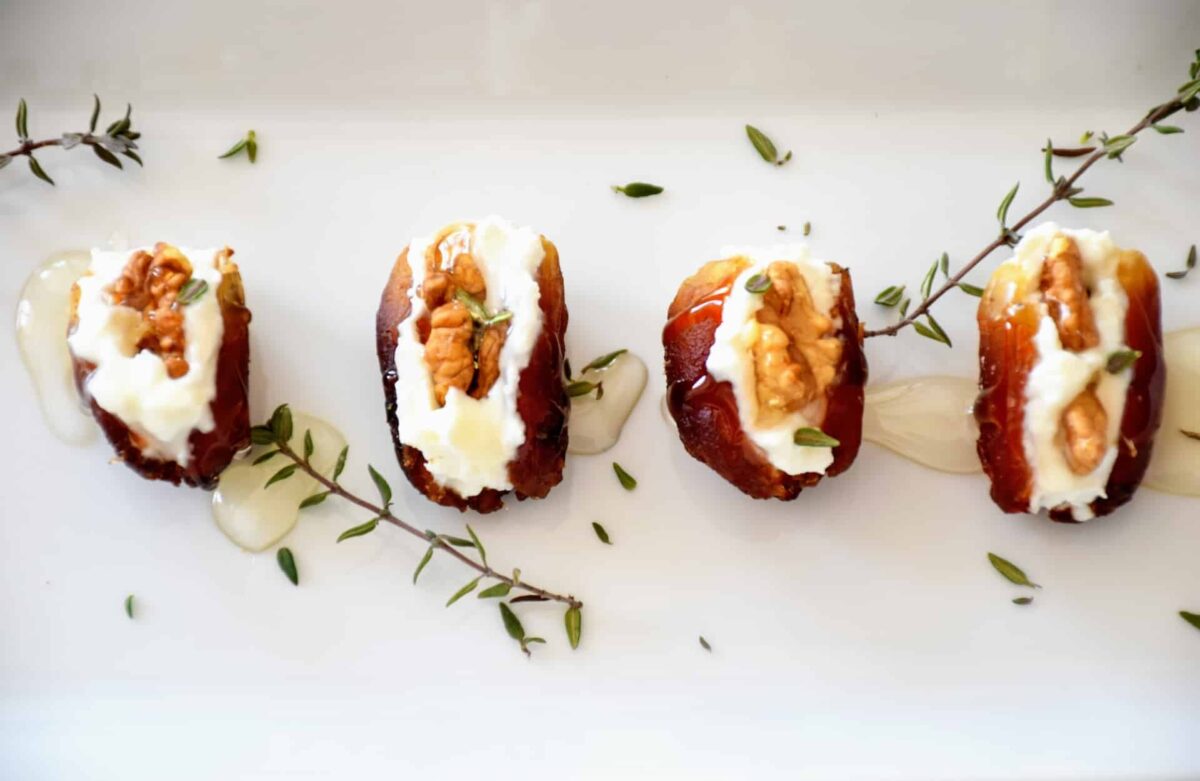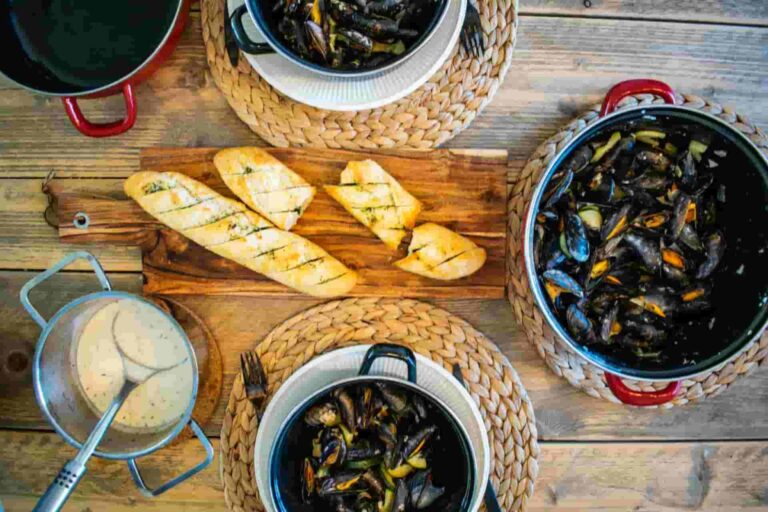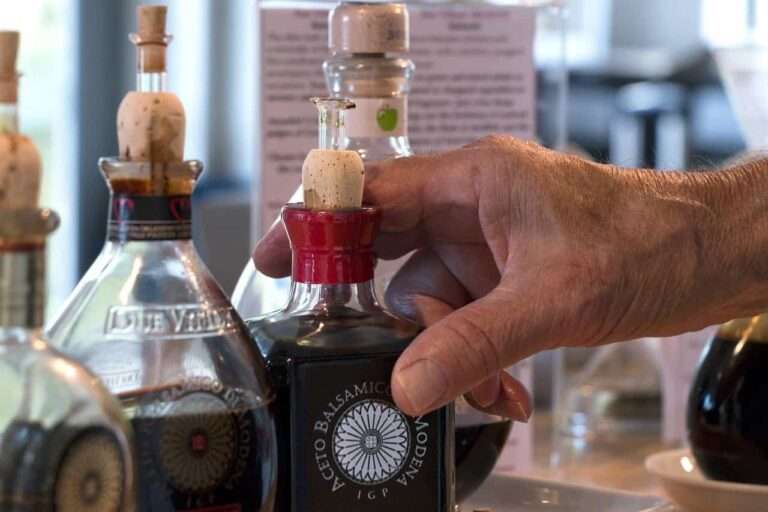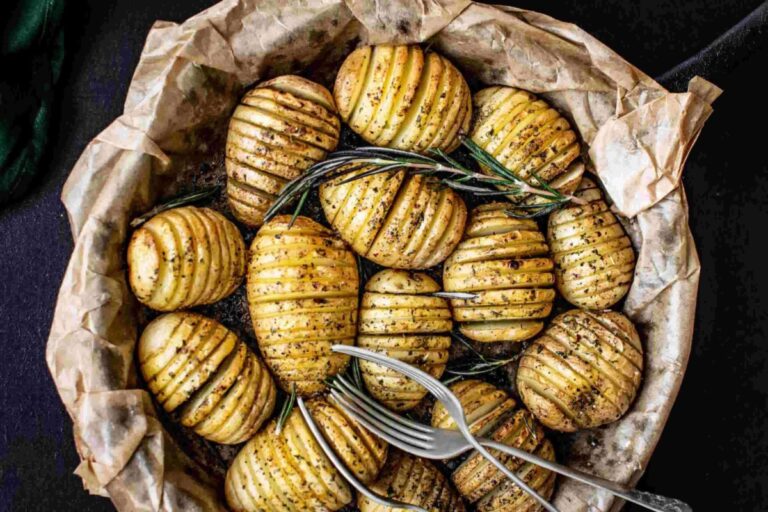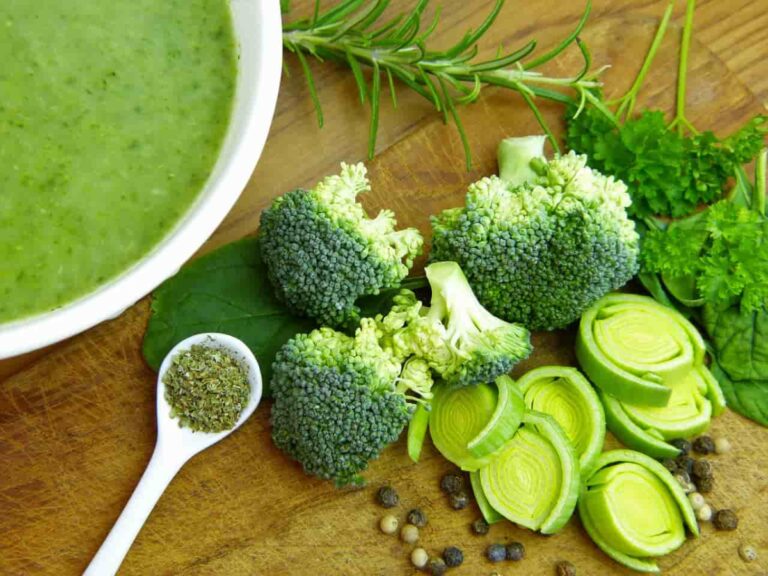Dates 47 top professional tips and secrets
Did you know that the fruit of the date tree is not the only reason the tree is cultivated?
- They made use of them as shadows in the desert. Their leaves were used in the production of a variety of items, including trays, fens, rugs, and baskets. Tents and other types of furniture were constructed using the trunk. Its fibre was used in the production of items like ropes, fish traps, brushes, and the filling for mattresses and pillows.
- The date palm is perhaps the oldest tree species that has been grown on the globe. At least 5000 years ago, it was first brought into cultivation in what is now known as North Africa and the Middle East. Date culture was possibly developed as early as 3000 BC, according to the oldest records from Iraq (Mesopotamia), which come from the region.
- Even though it would not produce fruit in the more temperate climate of Italy, the date palm was a favourite garden plant in Roman peristyle gardens because of its attractive appearance. It is identifiable in paintings from Pompeii as well as other parts of Italy, including a garden scene from the House of the Wedding of Alexander.
- Today, you may find it in various tropical and subtropical places all over the globe. However, it is most common in the Canary Islands, northern Africa, South Asia, the Middle East, Pakistan, and India, as well as in the southwestern United States in the states of California, Arizona, and Florida.
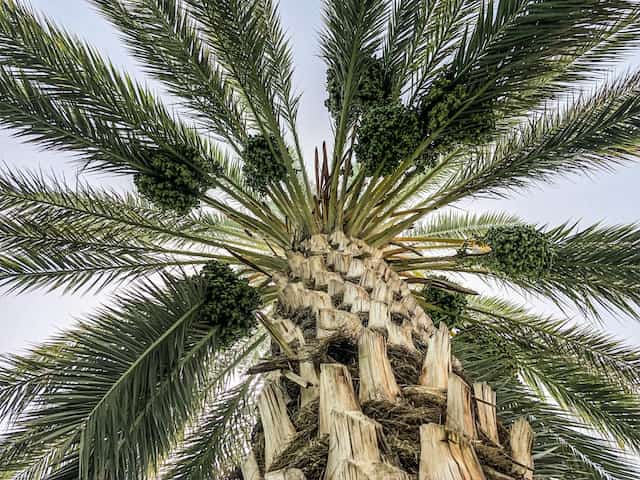
Dates nutrition values and health benefits
- Dates are a nutritious food choice that provides a significant amount of potassium, magnesium, and iron. Dates are a source of six of the B vitamins that are necessary for human health, including folate and pantothenic acid. Dates include a high concentration of polyphenols, a form of antioxidant that guards against the oxidative damage that may occur to cells, in addition to phytoestrogens, which are of great benefit.
- Dates are chock full of anti-inflammatory and antioxidant nutrients, both of which have been linked to lowering the risk of developing cancer. Researchers have discovered that date extract has remarkable free-radical scavenging capacity and anticancer activity.
- Dates are a good source of potassium, which is an electrolyte that the cardiovascular system needs. Potassium has been shown to have effects that are effective in lowering high blood pressure. Dates also have very little salt and do offer some fibre in their composition. Consuming dates is beneficial for the health of one’s heart, as shown by all three of these criteria.
- Dates are a good source of magnesium, which is an essential mineral for bone development. A lack of magnesium is related to an increased likelihood of developing osteoporosis. Instead of using magnesium supplements, it is preferable to get magnesium through dietary sources since this lowers the danger of magnesium poisoning. In addition, the iron found in dates contributes to the maintenance of healthy bone marrow reserves.
- Isoflavones, a form of phytoestrogen that is usually linked with soy products, are a phytoestrogen that can help alleviate the uncomfortable sensations that are associated with menopause. When it comes to the amount of isoflavones contained in a single serving of fruit, dates have the greatest concentration. For this reason, dates are being investigated for their potential to treat menopausal symptoms with a more natural kind of relief.
- When it comes to dating, a little bit goes a very long way. Dates are a natural sweetener that may be used in lieu of concentrated sweeteners such as syrups and refined sugar. This substitution results in a sweetness boost without a major rise in blood sugar levels. Dates are not only a practical and easily transportable snack, but they may also be helpful in cases of low blood sugar.
- Dates seldom cause allergic reactions, and when they do, they often consist of minor symptoms like itching and irritation in and around the mouth. In most cases, the symptoms of date allergies are caused by mould or sulphites, which are preservatives that are added to dried fruits like dates. In many cases, the symptoms are similar to those of asthma, and they may vary from a slight wheeze to a potentially fatal anaphylactic response, both of which need prompt medical treatment.
- There are many different ways that dates may be included in a healthy diet. One of the most common ways to eat them is to include them in a range of different dishes as a natural sweetener. They are also a delectable alternative for snacks.
- Dates in their dried form are the most accessible form. Nevertheless, due to the fact that they have a higher calorie content than dates in their fresh form, it is suggested that dried dates be consumed in moderation. Dates are an excellent addition to a diet due to the fact that not only are they nutritious, but they are also quite delicious.
100g of dates has 282 calories(1179kj), 2.5g protein, 0.4g fat, and 75g carbs including 8g fibre.
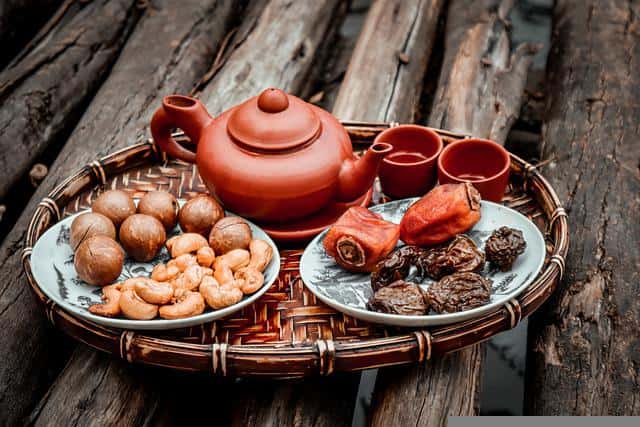
How to store dates and how to buy them
- Try to choose dates that are not just plump but also silky, lustrous, and have a brilliant colour. It is best to steer clear of dates that have become shrivelled or dates that have sugar crystals or mould growing on the surface of the fruit. Dates that have lost their shine or that seem shrivelled or spoiled should not be consumed by the consumer.
- To maintain their flavour and freshness, dates should be stored in an airtight container. Containers made of glass or plastic are also excellent choices. Pack the dates as tightly as you can into the jar, then fill the jar with the dates. In the event that you do not like to use a food processor, place the dates in a plastic bag that can be sealed. Remove any residual air from the bag, then secure the zipper.
- To ensure that the dates remain fresh, store them in your pantry or on the counter of your kitchen. If you want to leave them out on the counter, you should make sure that they are not directly exposed to the sun. Keep them in a cool, dry place away from heat sources like the stove and oven.
- Dates that are still soft should be kept in the refrigerator. Dates that are collected softly, as opposed to dates that are semi-dried, are not cured before being eaten. It is advised that you refrigerate them so that their flavour and freshness may be preserved. Some examples of dates that are considered soft include the Medjool, Khadrawy, Halawy, and Barhi varieties.
- Consume the dates no more than a week after purchasing them for the fullest expression of their flavour. Even after a week, the dates won’t lose their ability to be eaten. They have an unusually long shelf life because it is feasible to store them at room temperature for up to one month in an airtight container, which gives them a very long shelf life. On the other hand, the intensity of their flavours weakens the longer they are kept on the shelf. This happens because the flavour evaporates into the air.
- When kept in the freezer, dates have the potential to last for three years or even longer.
- Dried fruits, such as dates, may be preserved in the freezer for a very long time if they are not wrapped up firmly beforehand.
- Dates should be stored in an airtight container to avoid getting freezer burn. This will also protect the dates from drying out.
- If, after removing your dates from the freezer, you notice that they have become discoloured, lost their flavour, or give off an odour of decay, this is a sign that the dates are beyond their expiry date.
- Take the dates out of the freezer three hours before you want to use them so that they can come to room temperature.
- When dates are improperly stored, they become susceptible to the growth of mould and bacteria, which ultimately results in their spoilage. The good news is that you won’t have any trouble determining whether it’s OK to throw away this fruit:
- The putrid odour that develops when dates go bad is the first thing that you will notice about them. The scent of this fruit is inoffensive and unremarkable while it is fresh; but, after it has gone bad, it emits an odour that is either foul or alcoholic.
- The next cautionary signal will be a change in colour. Dates that have become discoloured or have spots of white on the surface are not safe for consumption. The appearance of mould is almost always present when discolouration is present, and vice versa.
- When your dates feel slimy and sticky to the touch, it’s time to throw them away since they’re past their prime. Consuming them is not a wise decision when coupled with the presence of other symptoms.
- As dates become older, their taste will suffer, just as their overall quality would. On the other hand, dates that are considered safe to eat do not have a bitter or acidic taste. If there has been a significant shift in taste, you should discard the remaining contents of the package.
- It is not unusual for perfectly edible dates to be thrown away once white particles are discovered on their surface and mixed with mould. This is because white specks indicate the presence of mould. Mould is a definite indicator that the dates have gone bad, but it is always accompanied by a change in colour, texture, and smell.
- Crystals of fruit sugar may be distinguished as the whitish specks seen both below and on top of the date’s skin. Warming the dates just a little will allow you to determine whether or not the markings remain after the process. They may still be consumed even in this state without risk.
- It is important to keep in mind that eating bad food might expose you to a number of health dangers. For this reason, you should always try to eat all of your food before the expiration date on the package.
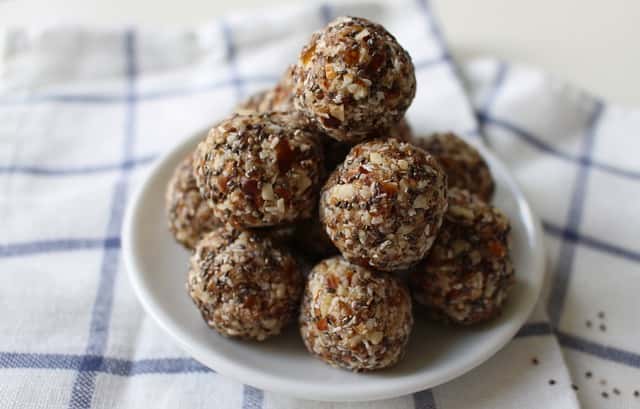
Cooking techniques, secrets, and tips from the kitchen
- The combination of lamb or beef with dates results in a delicious dish. This traditional dish from Morocco blends dried dates and beef with a variety of spices to produce a flavour that is all its own. The dishes are garnished with almonds and sesame seeds, both of which provide a little crunch and texture to the finished meal. This tasty dish may be prepared without the need for a clay tagine or any other specialised tools by using either your Instant Pot or a standard pressure cooker.
- Delicious cookies are produced by utilising dates, crispy rice cereal, and almonds in a stovetop cooking process. The cookies are highly recommended. After the balls are created from the ingredients, they are then rolled in coconut and allowed to dry. Making these deliciously chewy and crispy biscuit bites is as easy as counting to three.
- Date jam is made in the Middle East by first simmering dates, sugar, lemon juice, cloves, and water together for an extended amount of time. After the dates have become tender, almonds and walnuts are stirred into the mixture while the dates continue to cook.
- Dates were a common ingredient in the cuisines of ancient Persians as well as Iranians living in modern times. Dates were frequently combined with other nuts and dried fruits, such as almonds, pistachios, or raisins. Dates were used in rice dishes and stews, as well as sweets like Persian date cake, and in baking.
- Condiments in Indian cuisine often consist of pickled foods like chutneys and other pickled condiments. One kind of pickle has a number of different components, some of which include dates, mango, chilli peppers, ginger, spices, and vinegar. Dates are a common ingredient in several kinds of curries, especially those made with shrimp or chicken.
- The traditional dessert for the Jewish festival of Passover, charoset, which is made with dried fruit and nuts, is a well-liked meal in Israel. Dates are called for in some recipes, while others call for apples, raisins, or both. Other recipes call for nothing but dates.
- Dates are often used as appetisers in the United States, where they are typically stuffed with cream cheese, green olives, or almonds before being roasted until they get crunchy. Ice cream, dates, and milk are blended together in a blender to make a date shake, which is a popular drink in the state of California.
- Dates, which are naturally rather sweet, work particularly well with salty flavours like those found in cured meats, as well as acidic flavours like those found in citrus fruits, yoghurt, mild goat cheese, blue cheese, and a variety of other foods. They are especially delicious when combined with spicy flavours like cinnamon, cardamom, and ginger, as well as other fruits like pears, apples, and bananas, among others.
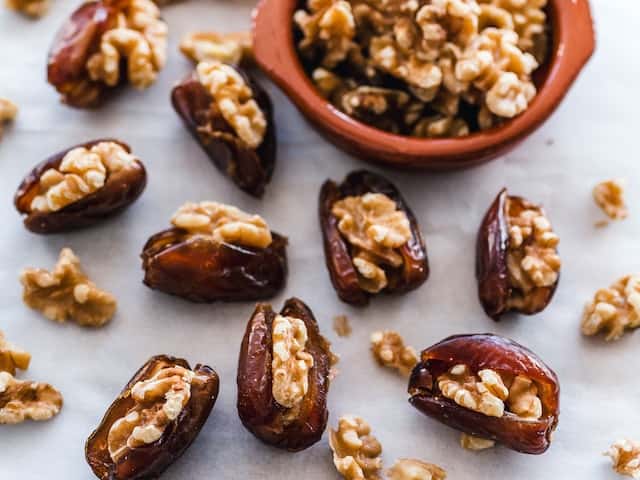
History of dates from the beginning until today
- Since date palms have been cultivated for such a long time, it is impossible to pinpoint the precise area where they were first cultivated. Some sources assert that they originated in the area known as the Fertile Crescent, which is located between Egypt and Mesopotamia.
- Other sources, on the other hand, claim that they are native to the region of the Persian Gulf or maybe western India. Based on the examination of fossils, it has been hypothesised that the date palm has been in existence for at least 50 million years.
- The cultivation of dates, which have been a staple food in the Indus Valley and the Middle East for thousands of years, was discovered in Mehrgarh, a Neolithic civilization located in western Pakistan around 7000 BCE and in eastern Arabia between 5530 and 5320 BCE.
- Dates were a staple food for the ancient Egyptians, who also made use of the fruits in the production of date wine, which was sipped during the harvest season. Evidence of farming may be uncovered continually throughout the successive civilizations of the Indus Valley, including the Harappan period, which lasted for about a thousand years and began around 2600 BCE and ended around 1900 BCE.
- It is possible that triumphal processions in Ancient Rome used palm fronds from the Phoenix palm to symbolise victory, and these were the palm fronds that were used in those processions. Although the date palm was a common garden plant in Roman peristyle gardens, it was unable to produce fruit in Italy’s more temperate climate due to a lack of rainfall. It may be seen in paintings from Pompeii and other regions of Italy, including a garden scene from the House of Alexander’s Wedding that is well known.
- At a later point in time, traders introduced dates to a variety of new regions, including Spain, southwest Asia, and northern Africa. The Spaniards were the first people to bring dates to Mexico and California in 1765. They planted them in the area around Mission San Ignacio, which is where dates initially gained widespread popularity.
- In 2019, the total amount of dates produced throughout the world was 9 million tonnes, with Egypt, Saudi Arabia, Iran, and Algeria accounting for 61 percent of the entire production.
